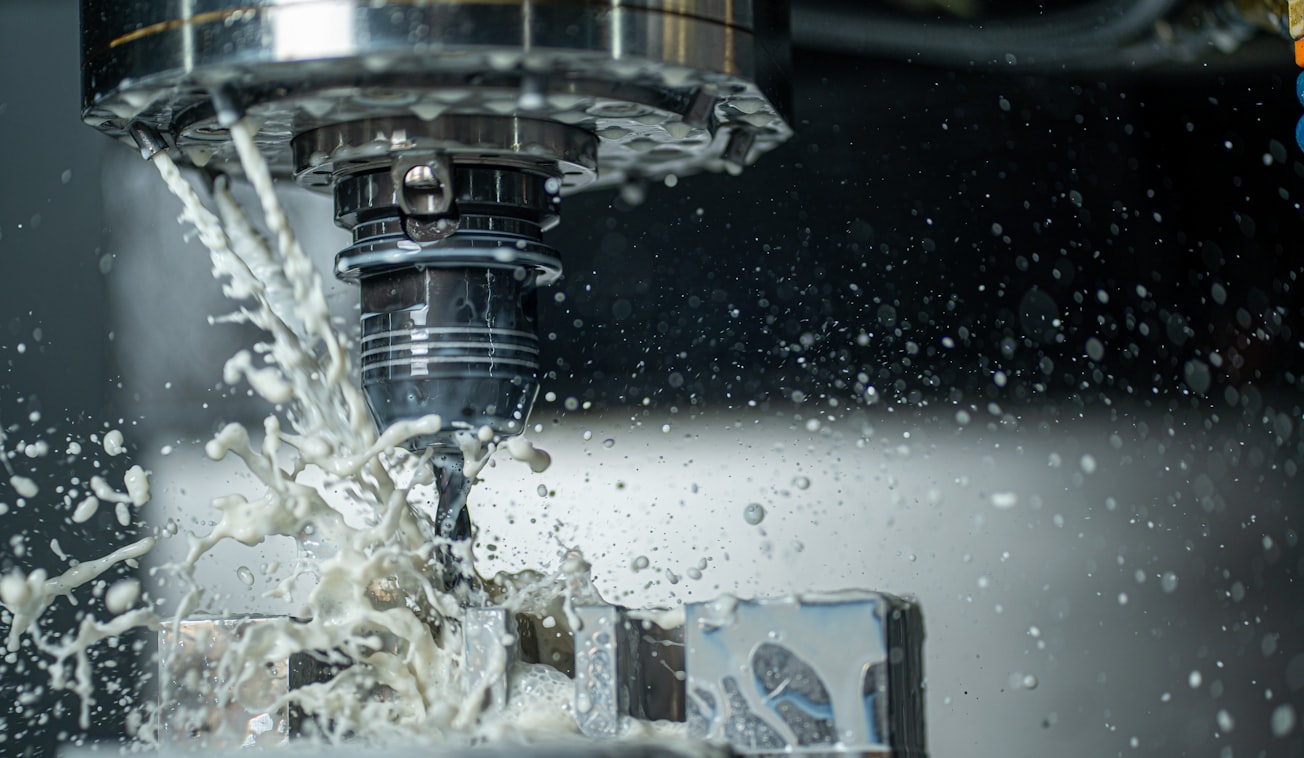What is it about?
The drilling process of Inconel 718, a nickel-based superalloy, is very challenging due to the material properties, the operat- ing conditions and the high quality requirements. Carbides within the material matrix cause an excessive amount of abrasive tool wear. Moreover, a large amount of the heat caused by the machining process, especially in drilling, has to be dissipated by the tool and the coolant, due to the low thermal conductivity of Inconel 718. This high thermal load also restricts the cutting speed. The combination of all attributes limits productivity and economic efficiency when drilling Inconel 718 with cemented carbide twist drills. This paper presents a method to adapt twist drills considering the mentioned demands by using geometry-modified tools. The aim is to increase the resistance against abrasive wear and to reduce the thermal loads; so that, tool life and bore quality can be improved. The analysis of the new tool geometry was realized by advanced Computational-Fluid-Dynamics (CFD) simulations. The simulations provide detailed information about the coolant flow and consequently the improved cooling of tool regions which are, on the suggested geometry, exposed to very high thermal loads. Experiments showed that the tool life can be in- creased by up to 50% in contradiction to a standard twist drill. The improvement on the bore quality was shown by determining the roundness deviation and the average surface roughness. In addition, micro hardness tests and metallurgy preparations were conducted to investigate the surface integrity of the bore surface layer. Although the presented geometry only represents a proto- type status, the results are impressive. The tool life and the bore quality have been improved, and the simulations showed clearly that there is a significantly better coolant flow, when using the new geometry.
Featured Image

Photo by Daniel Smyth on Unsplash
Why is it important?
The analysis of the new tool geometry was realized by advanced Computational-Fluid-Dynamics (CFD) simulations. The simulations provide detailed information about the coolant flow and consequently the improved cooling of tool regions which are, on the suggested geometry, exposed to very high thermal loads.
Perspectives
New perspectives for machining processes when use CFD
Dr. Ekrem Oezkaya
Recep Tayyip Erdogan Universitesi
Read the Original
This page is a summary of: Drilling of Inconel 718 with Geometry-modified Twist Drills, Procedia CIRP, January 2014, Elsevier,
DOI: 10.1016/j.procir.2014.07.124.
You can read the full text:
Resources
Contributors
The following have contributed to this page







